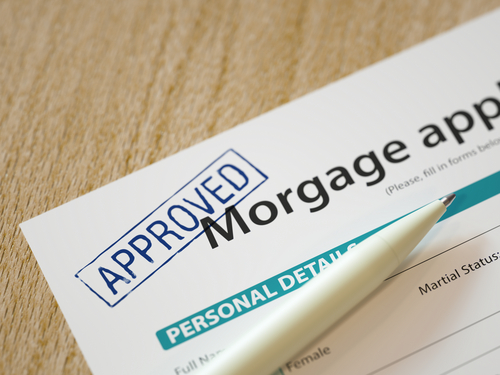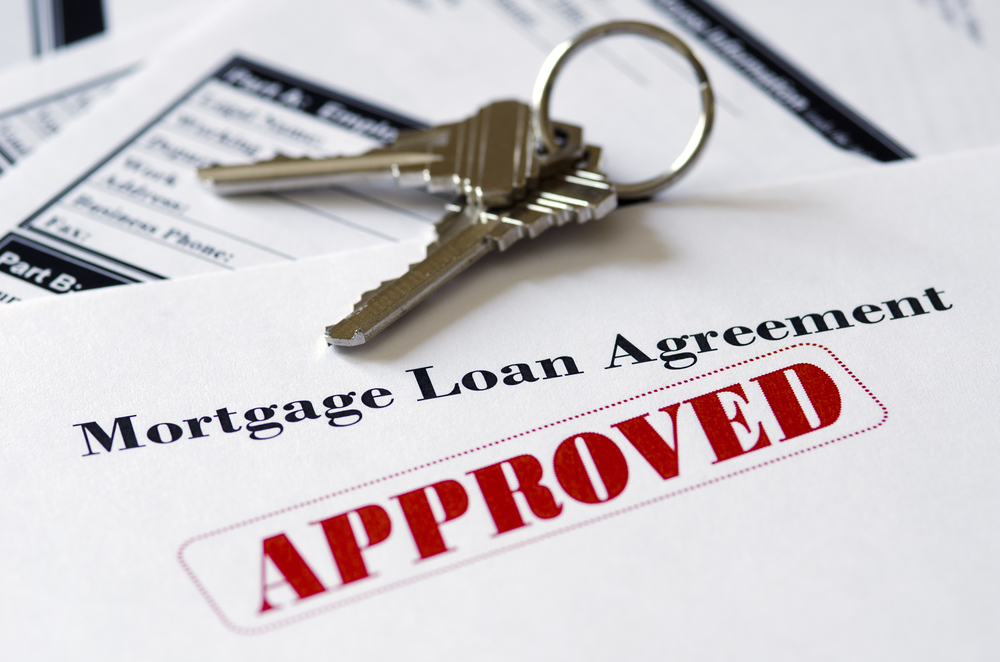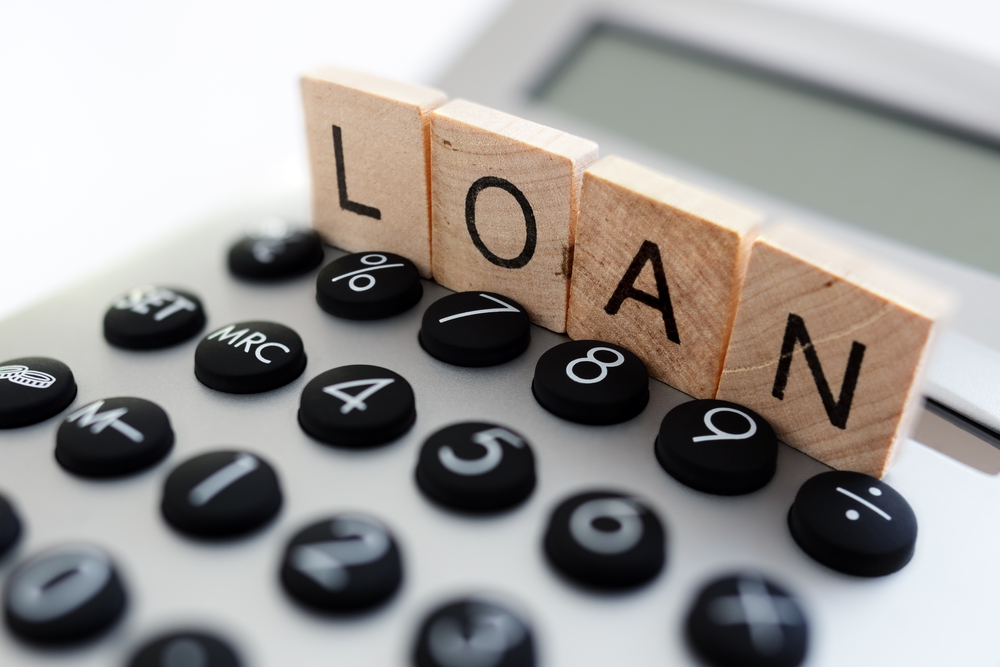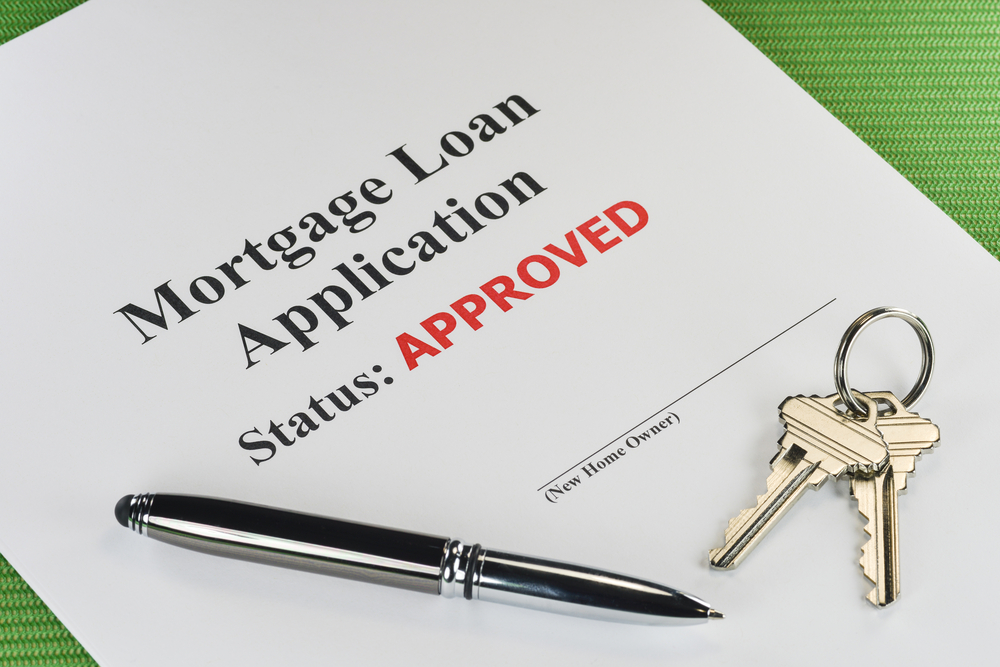Getting a mortgage can be intimidating, but you don’t have to go through the process alone. You’ll work closely with your loan officer who can answer your questions and explain each step. But although you’ll have the guidance of a loan officer, it’s important to conduct your own research before you meet with a lender.
Even if you don’t have immediate plans to purchase a home, it’s never too early to prepare for the buying experience. There’s a lot you may not know about mortgages. However, the more you know, the less surprises you’ll have during the application stage.
Here are five things you don’t (but should) know about getting a mortgage.
-
Lenders use the lowest of your three credit scores
You may already know that you have three credit scores, and you probably know that the lender will pull all three of your credit reports. What you may not know, however, is that many mortgage lenders use the lowest of your three credit scores to determine your interest rate. This isn’t a problem when all three of your credit scores are high. But if two of your credit scores are barely over 680 (which is considered a good score) and one credit score is at 660 (which is considered a fair score), the lender will base your rate on the lower score, which means you could pay a slightly higher mortgage rate.
-
It can take up to 45 days to close on a mortgage
Years ago, it wasn’t unusual to purchase a house and close on the mortgage within two to three weeks. It’s a much slower process today, and it can take on average between 30 and 45 days to close on a mortgage. You might close sooner, but only if the lender doesn’t have many closings ahead of yours.
-
There are ways to avoid private mortgage insurance
If you’ve educated yourself on home buying and mortgages, then you’re probably aware that conventional lenders require private mortgage insurance when a borrower puts down less than 20%. The good news is that there is a way to put down less and avoid private mortgage insurance.
Some banks offer piggyback financing where you make a 10% down payment and then receive a first mortgage for 80% of the purchase price and a second mortgage for 10% of the purchase price. With this type of financing, you’ll avoid the extra expense of private mortgage insurance, which has an annual premium as high as 1% of the loan balance. The downside is that piggyback financing requires 10% down, which is more than the minimum 5% down required for conventional financing.
-
You can refinance an underwater mortgage
If you owe more than your home’s worth, a mortgage lender might reject your application for refinancing. Some banks do not refinance upside down home loans. There are, however, lenders who offer refinancing through the Home Affordable Refinance Program (HARP) which allows refinances up to 125% of a home’s value. Because of this provision, underwater or upside down homeowners can take advantage of lower mortgage rates and lower monthly payments. To qualify for HARP, your mortgage must be guaranteed by Freddie Mac or Fannie Mae.
-
Cosigned debt can affect a mortgage approval
Some people don’t completely understand the consequences of cosigning a loan for another person. Since a cosigned debt appears on your credit report and you’re responsible for this debt if the primary signer stops paying, mortgage lenders have to factor in this monthly payment when determining how much you can afford to spend on a property. And unfortunately, a cosigned debt can affect your ability to get a mortgage, and reduce the amount you’re able to borrow.








